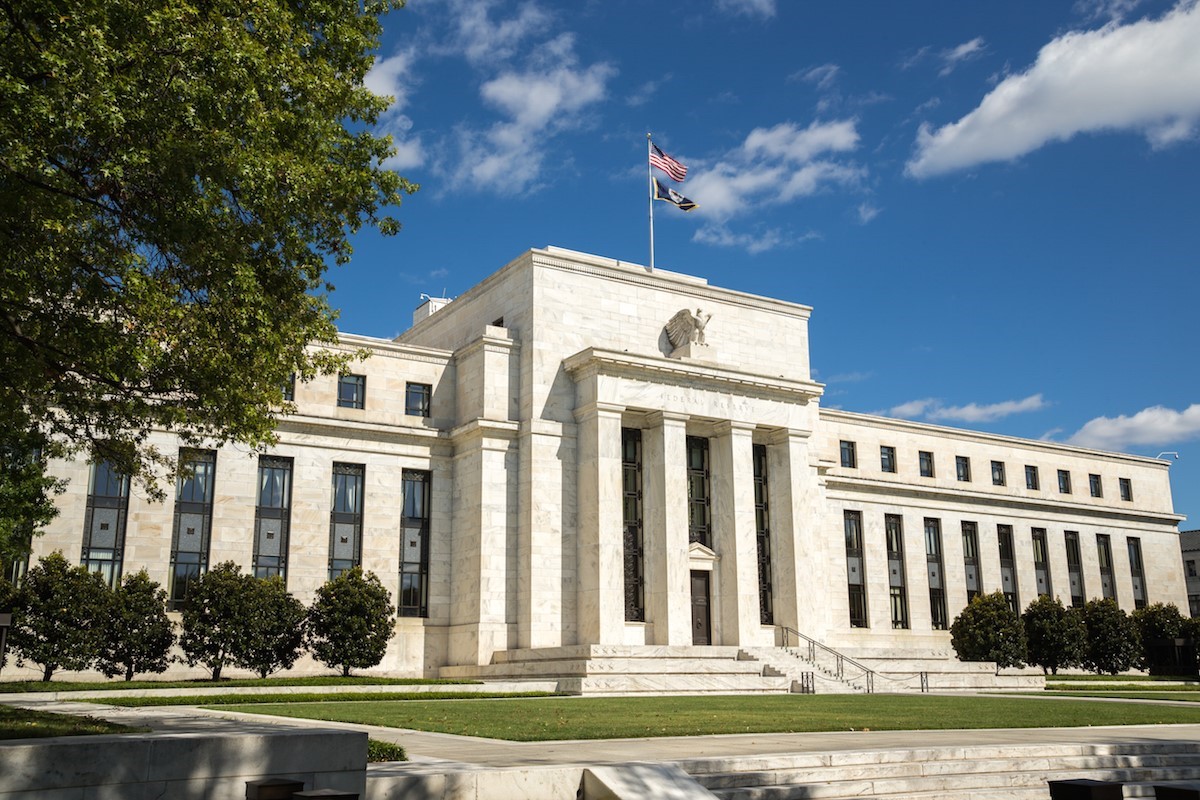Global tensions contrast with U.S. economic picture
We just completed one of the most economically significant weeks of the year. The biggest takeaway? The U.S. economy isn't in lockstep with the rest of the world.
A wave of economic data showed strong economic growth domestically. But this news was met with headwinds from European central bankers, trade tensions with major partners and, of course, mixed reactions to President Trump's historic summit with North Korean dictator Kim Jong-un.
Domestic economy heating up
On the home front, a barrage of economic data told the same story: The U.S. economy is growing and inflation is on everyone's radar. This week's data included the following:
- The core Consumer Price Index increased 0.17 percent in May and is up 2.2 percent year-over-year, in line with expectations.
- The core Producer Price Index (a measure of wholesale inflation) increased 0.5 percent month-over-month in May, beating expectations. The index is now up 3.1 percent over the last 12 months, an above average pace. Rising energy prices are driving the increases.
- Retail sales increased 0.8 percent in May, twice the rate expected by analysts, and a reflection of increased American spending. The report also revised retail spending in March and April to a higher number.
- Initial jobless claims (218,000) and continuing jobless claims (1.7 million) both remained below consensus in May, suggesting an even healthier job market.
- The price of imports also increased in May, up 0.6%, driven by higher fuel prices.
These results paint a clear picture of a domestic economy that is heating up.
As a result, the Federal Reserve at its Wednesday meeting increased benchmark short-term rates as expected. But the Fed went a step further, adjusting its official statement and increasing its "dot-plot" projections to suggest a total of four rate hikes this year, up from three, with three additional hikes plotted in the 2019 forecast. The Fed also increased its U.S. GDP outlook to 2.8 percent in 2018 from 2.7 percent previously.

"Information received since the Federal Open Market Committee met in May indicates that the labor market has continued to strengthen and that economic activity has been rising at a solid rate," the Open Market Committee said in a statement after its meeting. "Job gains have been strong, on average, in recent months, and the unemployment rate has declined. Recent data suggest that growth of household spending has picked up, while business fixed investment has continued to grow strongly."
The more hawkish tone on rates and the need to control inflation prompted measured reactions from real estate economists.
"We are still in the middle innings of rising interest rates; consumers should expect another three or four rounds of interest rate increases over the next 18 months," said Lawrence Yun, National Association of Realtors chief economist. "Mortgage rates will consequently continue to nudge higher. Fortunately, the economy is strong and wages are rising. If housing supply can be increased through more home building, then the negative impact of rising interest rates can be mitigated."
A global contrast
The "here we grow" attitude reflected in U.S. numbers this week was met with a more muted picture worldwide as trade tensions increased and the European Central Bank decided to keep interest rates at historic lows.
The ECB announced this week it would begin tapering its asset purchases this fall, a program that had been put in place to stoke growth and keep borrowing costs low. However, in the same statement, the ECB disclosed it had no intentions of increasing interest rates through 2019 due to concerns of low inflation and slow growth.
“The Governing Council expects the key ECB interest rates to remain at their present levels at least through the summer of 2019 and in any case for as long as necessary to ensure that the evolution of inflation remains aligned with the current expectations of a sustained adjustment path.”
In the U.S., the bond market rallied on this news, sending prices higher and bond yields lower. Investors viewed this as a more dovish, accommodative stance by the ECB, especially compared to the hawkish tone from the U.S. Fed.
Then, on Friday morning, U.S. President Donald Trump announced an additional 25 percent tariff on $50 billion in Chinese goods. Beijing immediately responded, saying it would match the U.S. tariff.
This comes just a week after Trump's sharp words about trade at the G7 Summit and shows the trade wars between Washington and our largest trading partners isn't cooling off.
In response, bonds continued to rally. The yield on the 10 Year US Treasury fell to 2.9 percent early Friday, which is near the middle of its recent trading range.
For the mortgage market, this shows a clear contrast between forces. The U.S. economy is growing and driving interest rates higher. Meanwhile, headwinds abroad continue to raise doubts about global growth. From trade policy and slow growth in Europe to uncertainty over what happens next in the saga on the Korean peninsula, investors are tempering their rosy domestic outlook with concerns globally. Expect volatility to continue through the summer months.


